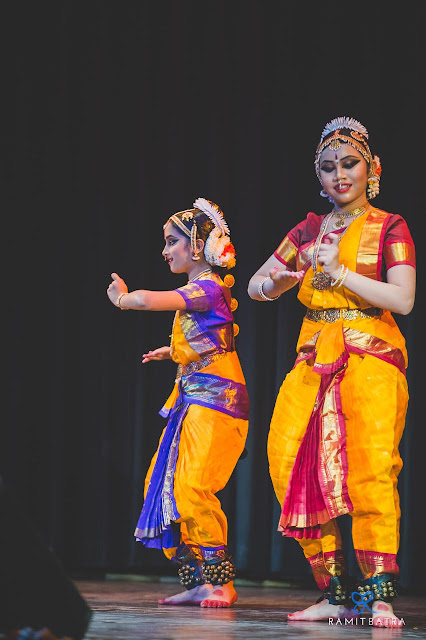"My
India, My Pride: A Vision for the Future"
India, a land of diversity, rich culture, and ancient history, stands proud with its remarkable achievements. As we envision the future of our beloved nation, it is essential to embrace a vision that fosters progress, inclusivity, sustainability, and global leadership.
This note aims to outline some key aspects and goals that can contribute to a brighter future for India.
Education
for All:
Education
is the foundation for progress and empowerment. Our vision for the future
should focus on ensuring access to quality education for every child,
regardless of their socio-economic background. Emphasizing digital literacy,
skill development, and a well-rounded curriculum will equip the youth to thrive
in the rapidly evolving world.
Sustainable
Development:
To
secure a prosperous future, India must prioritize sustainable development. By
investing in renewable energy sources, encouraging green initiatives, and
adopting eco-friendly practices, we can reduce our carbon footprint, protect
the environment, and create a cleaner and healthier India for future
generations.
Technological
Advancements:
India
has already established itself as a global technology hub, and we must continue
to foster innovation and technological advancements. By promoting research and
development, entrepreneurship, and digital infrastructure, we can build a
thriving ecosystem that attracts talent, fosters creativity, and fuels economic
growth.
Empowering
Women:
India's
progress is incomplete without the active participation and empowerment of
women. Our vision for the future should focus on promoting gender equality,
ensuring equal opportunities in education, employment, and leadership roles,
and creating a safe and inclusive society where women can thrive and contribute
to the nation's growth.
Healthcare
for All:
Accessible
and affordable healthcare is crucial for the well-being of every citizen. Our
vision should prioritize building a robust healthcare infrastructure,
strengthening primary healthcare services, and implementing innovative
solutions to address the healthcare needs of all sections of society.
Rural
Development:
India's
strength lies in its villages, and inclusive growth should extend to every
corner of the nation. Our vision for the future should encompass rural
development initiatives that provide better infrastructure, connectivity,
healthcare, education, and employment opportunities, narrowing the urban-rural
divide and fostering balanced progress.
Global
Leadership and Cooperation:
India
has the potential to emerge as a global leader, promoting peace, cooperation,
and sustainable development. Our vision should focus on strengthening
diplomatic relations, participating actively in global forums, contributing to
peacekeeping efforts, and leveraging our expertise to support other nations in
their development journeys.
"My India, My Pride: Vision for the Future" encompasses a holistic approach to create a prosperous, inclusive, and sustainable India. By focusing on education, sustainable development, technology, women empowerment, healthcare, rural development, and global leadership, we can pave the way for a future that realizes the full potential of our great nation. Let us work together, united in our vision, to shape a brighter future for India and leave a lasting legacy for generations to come.
































